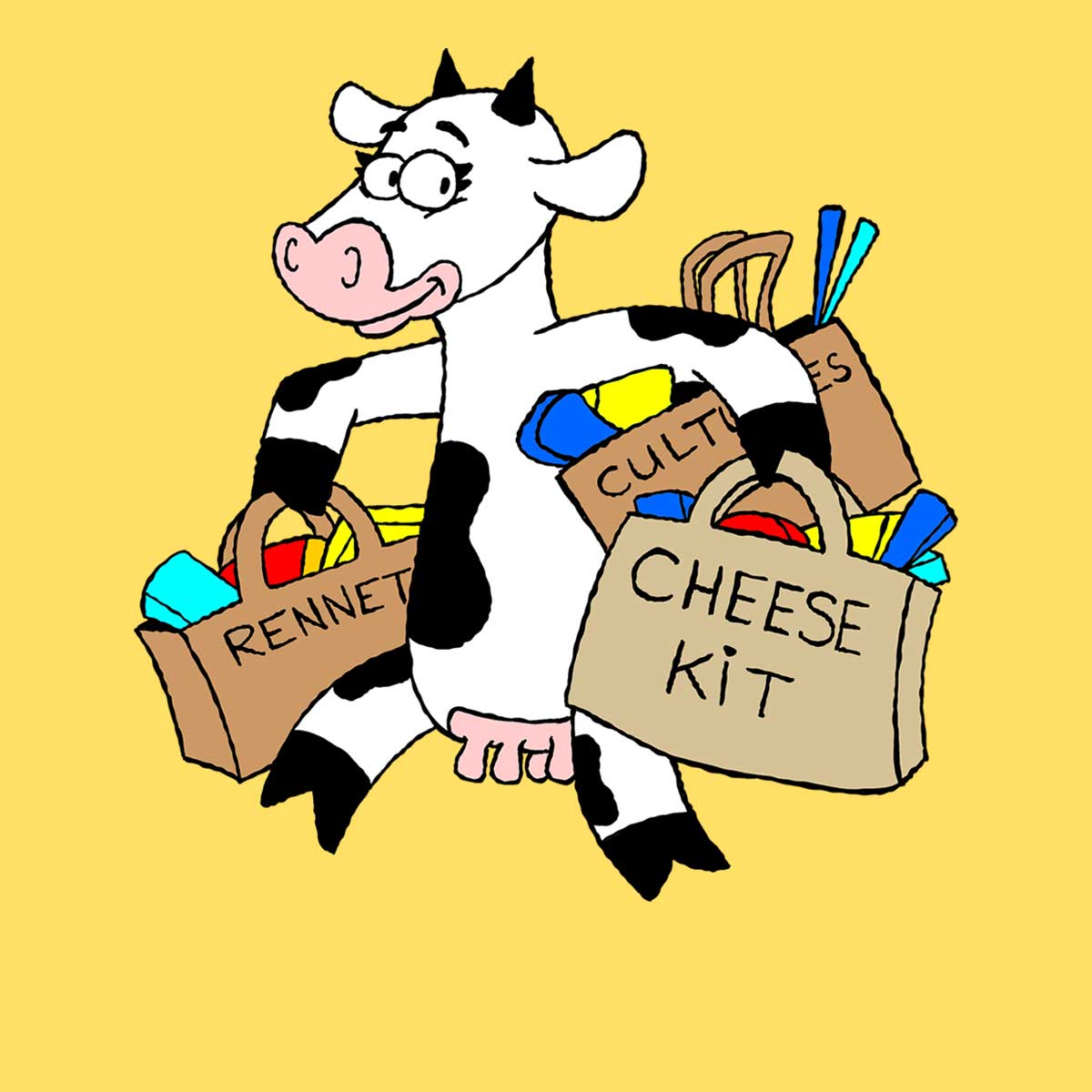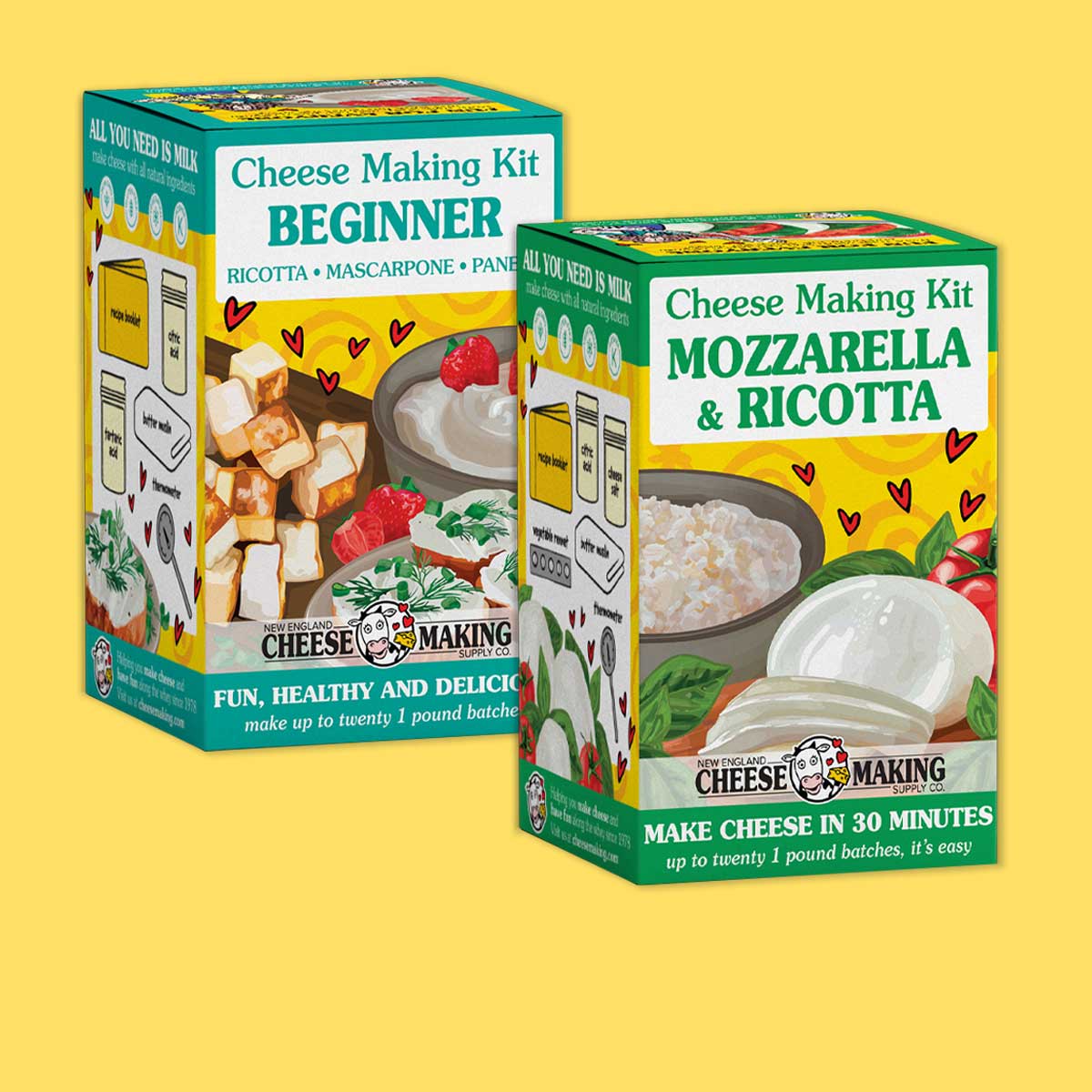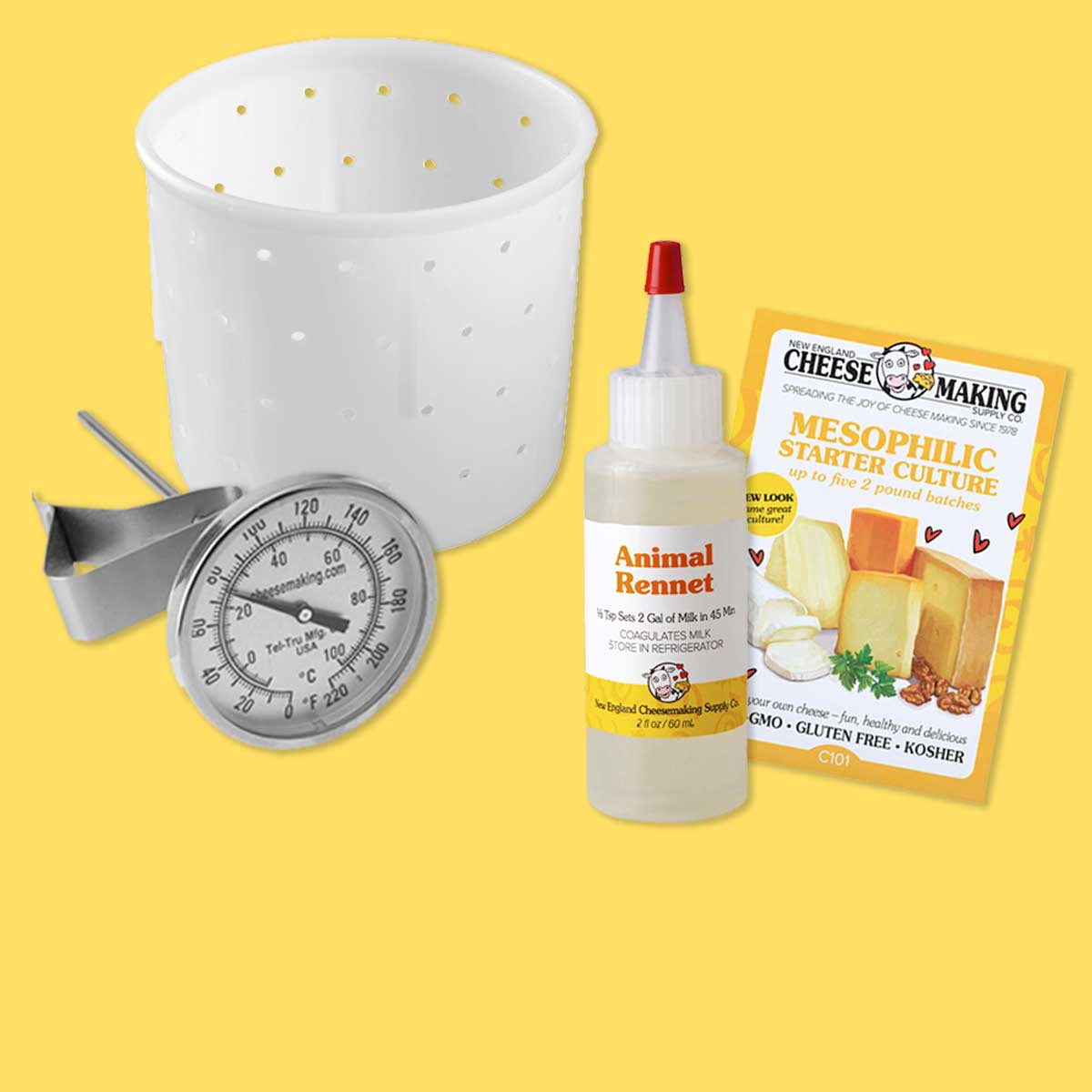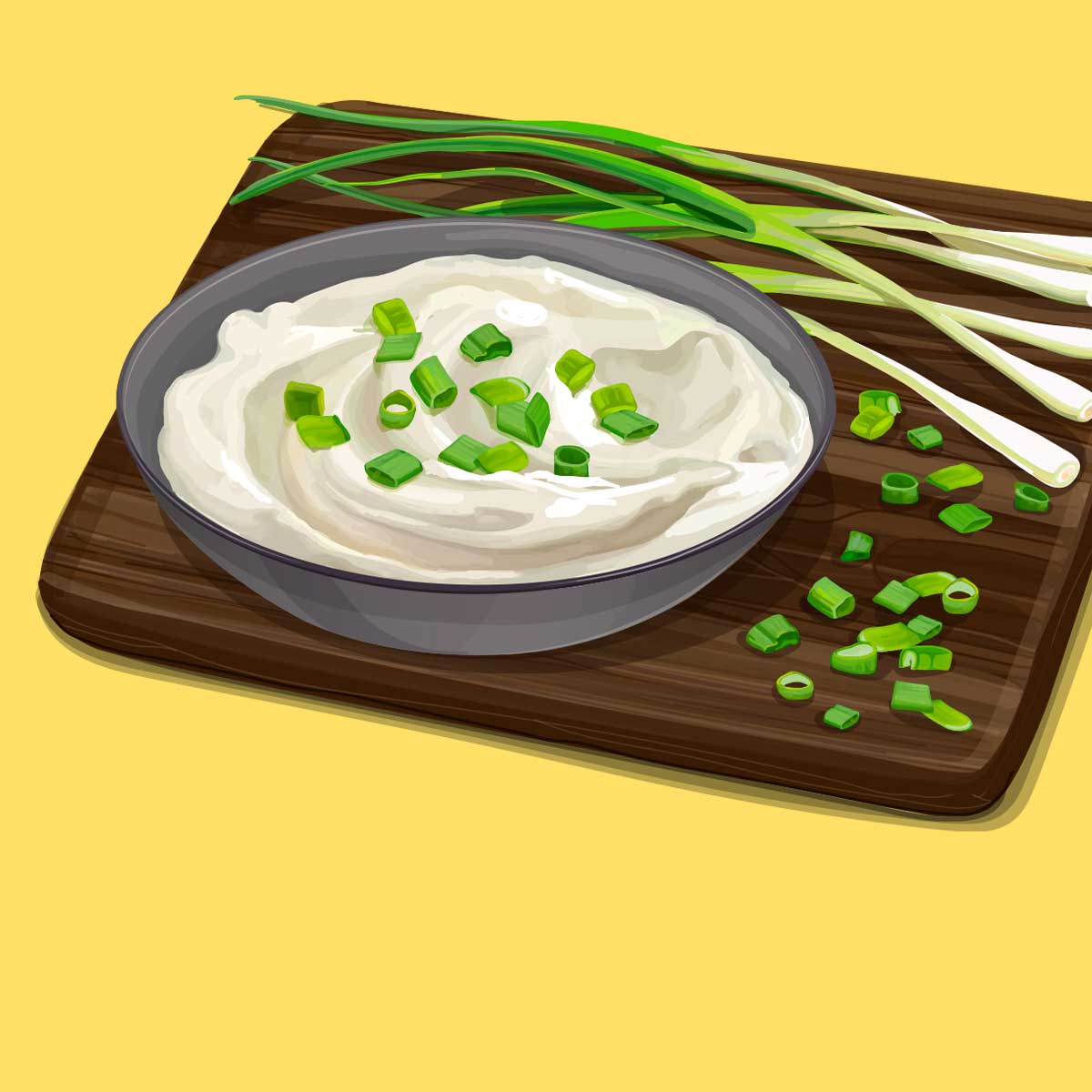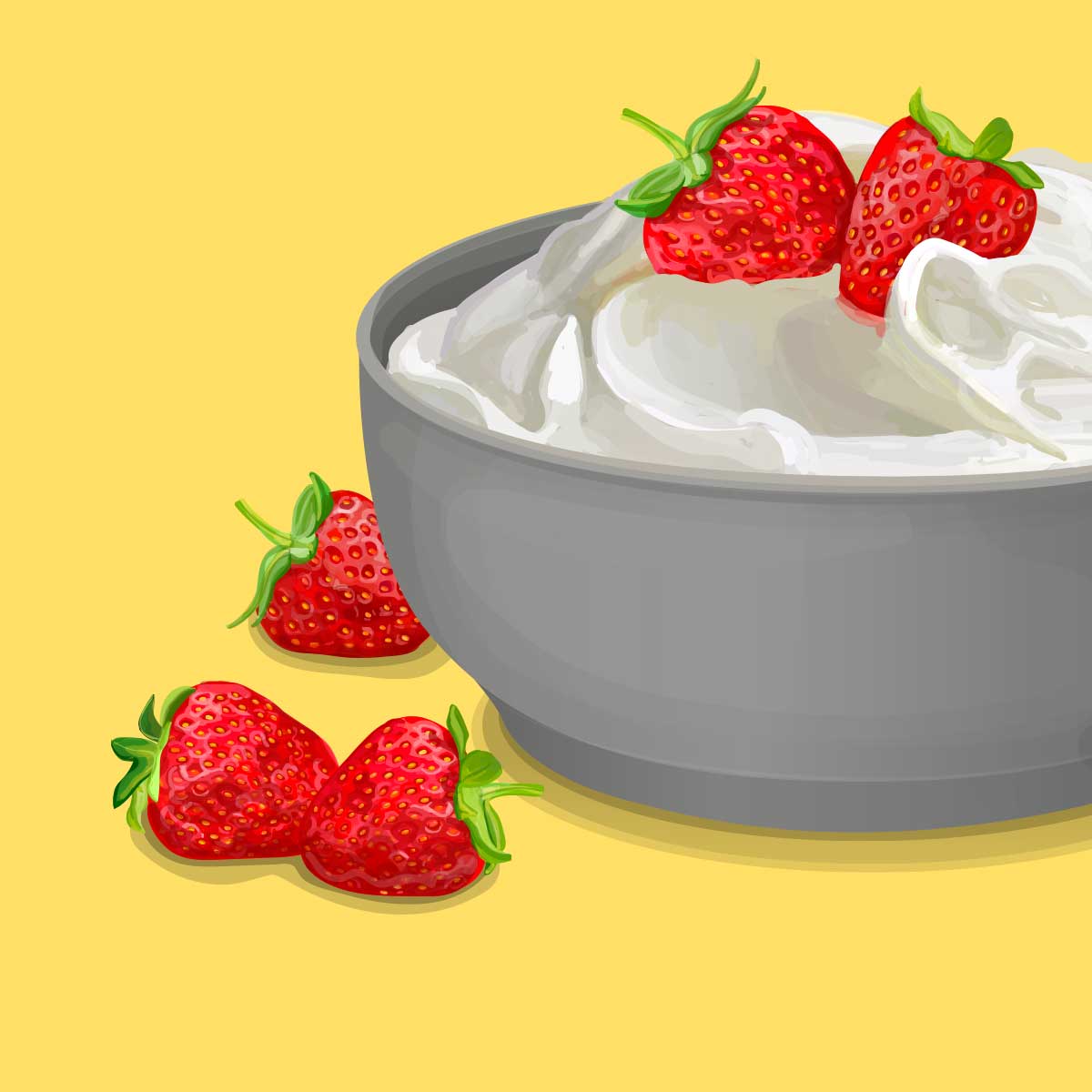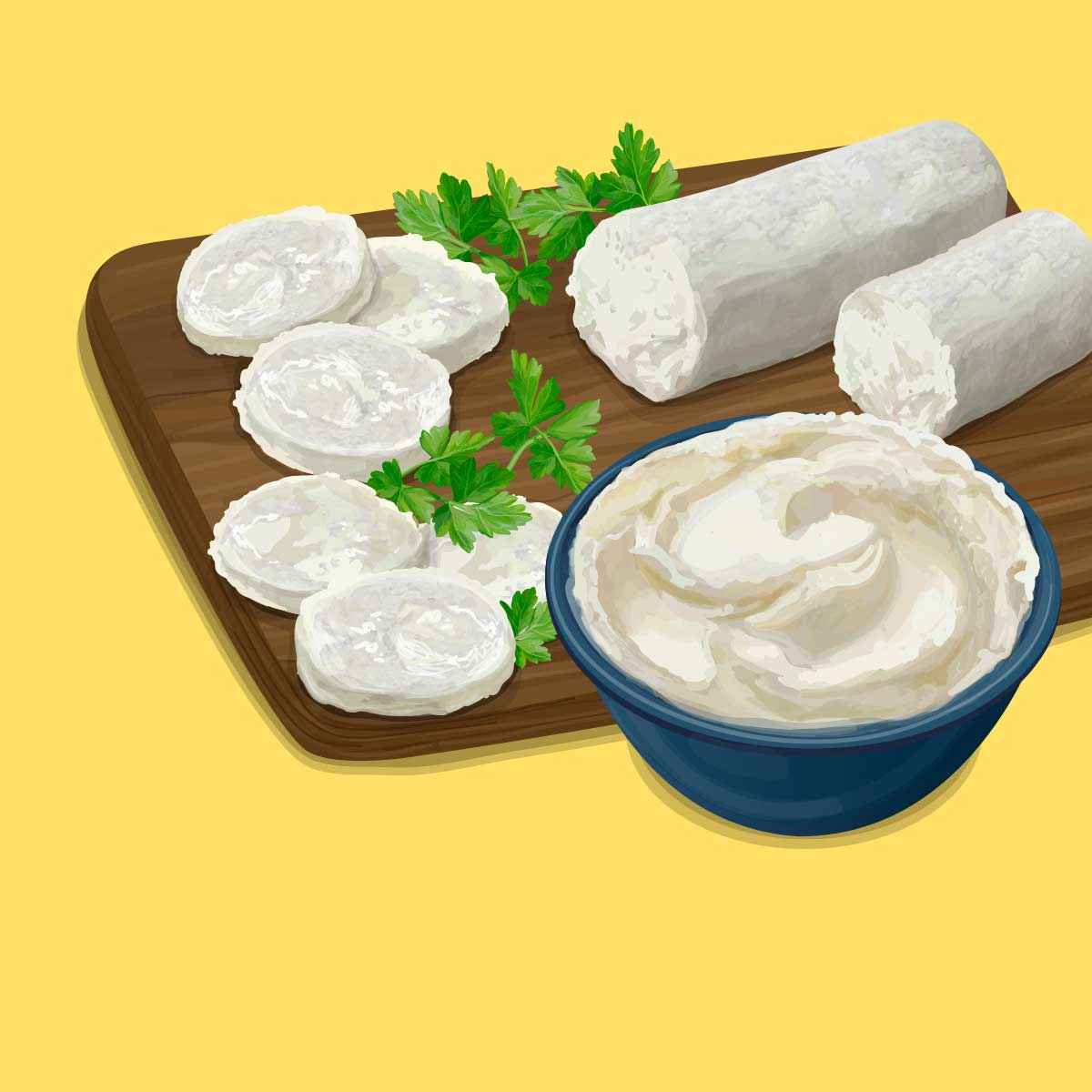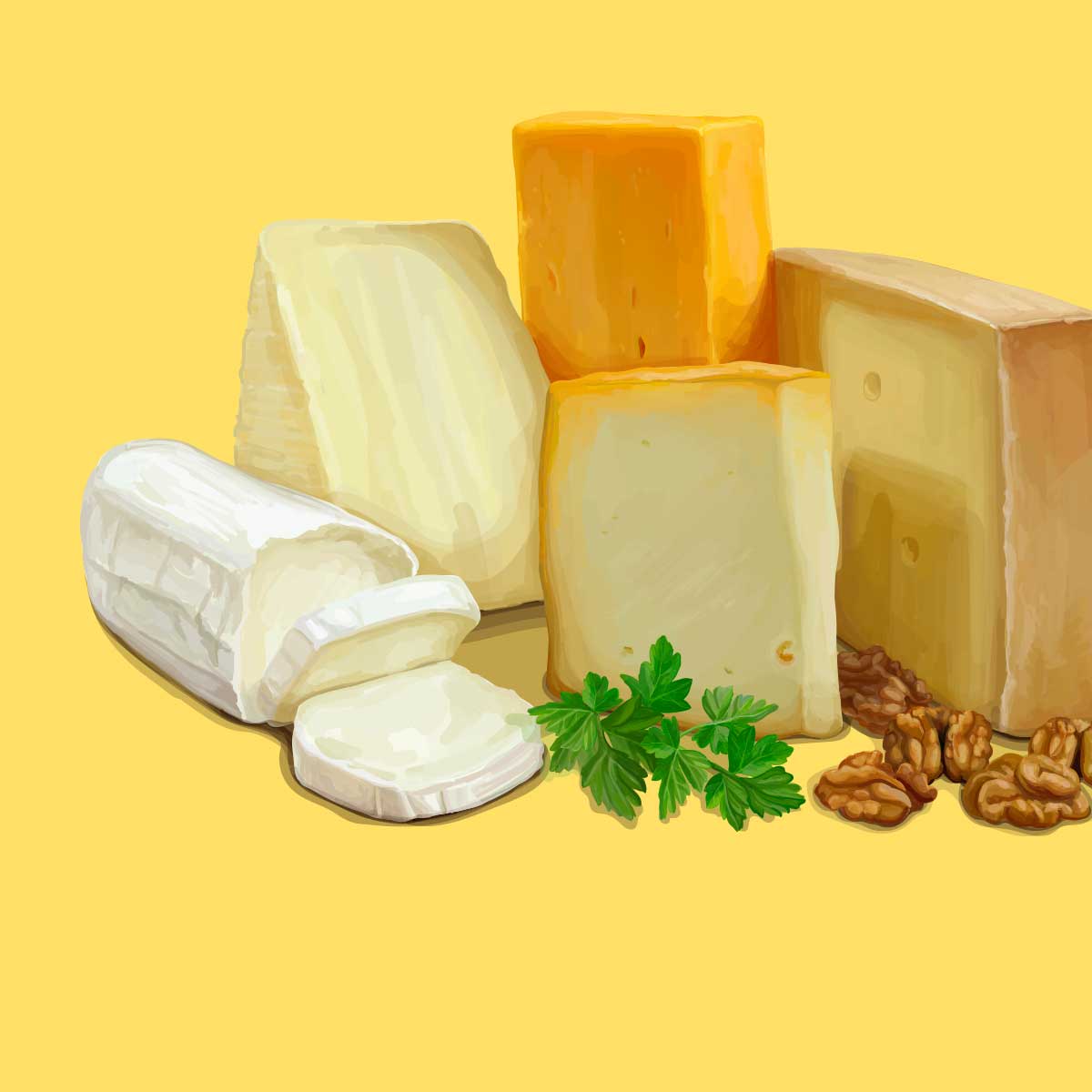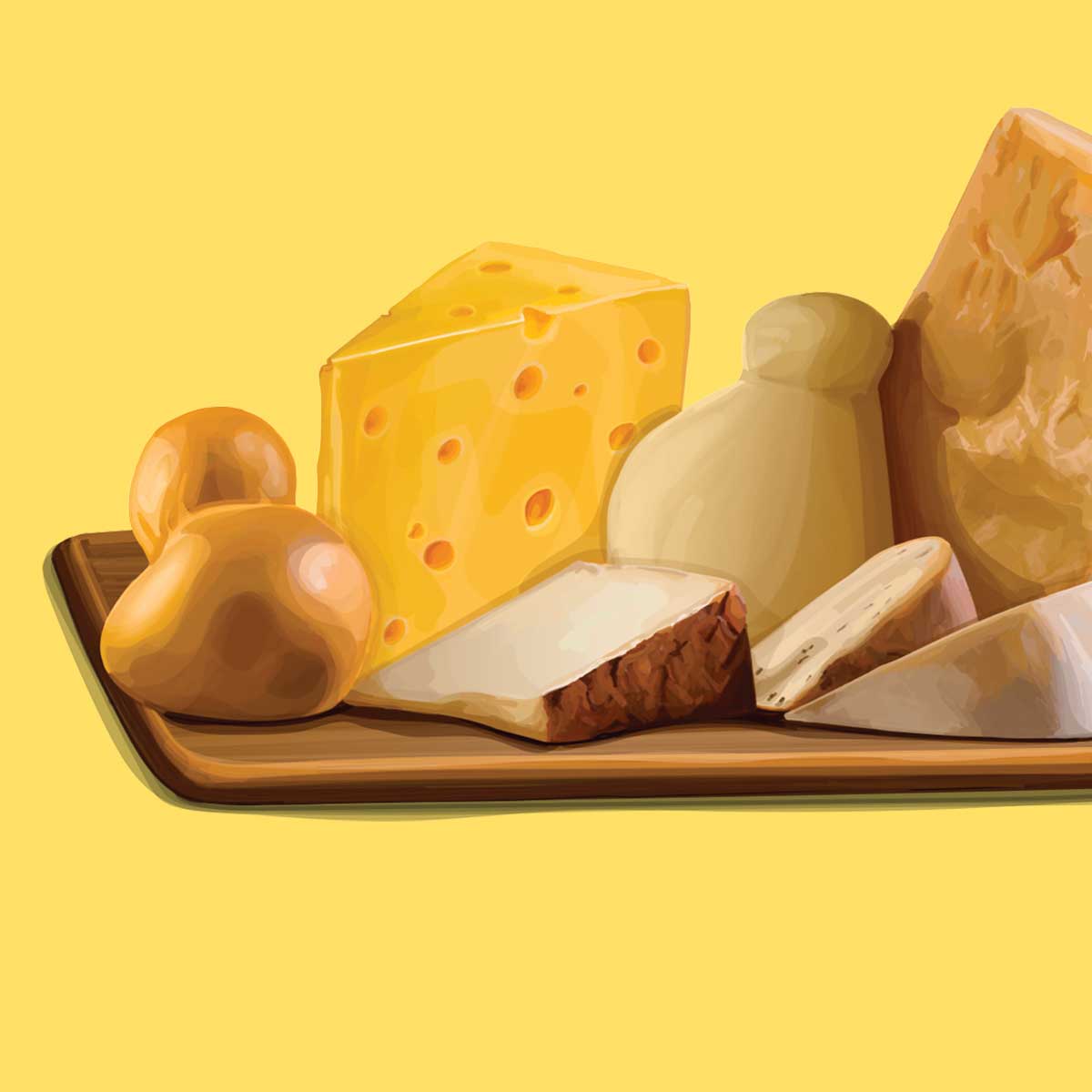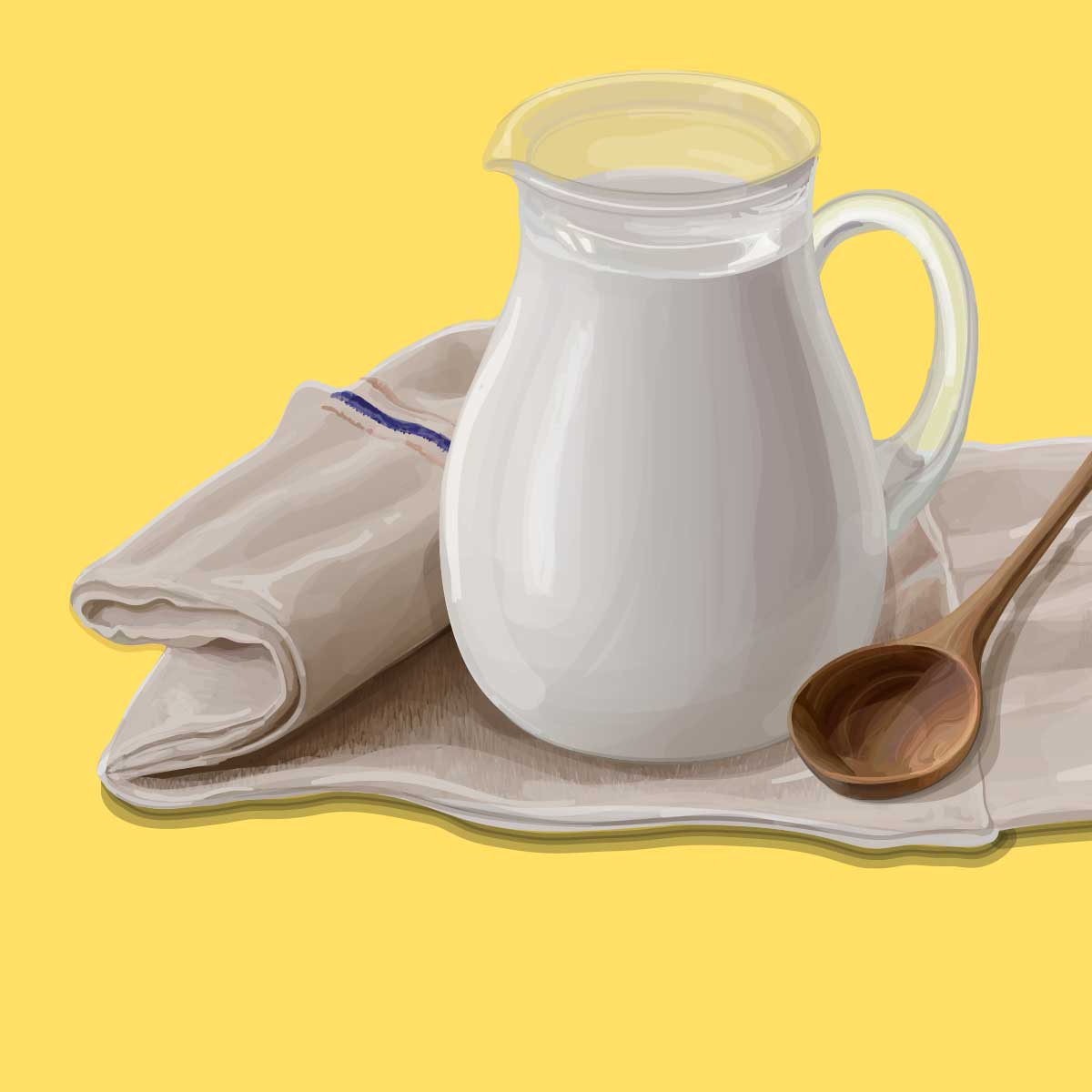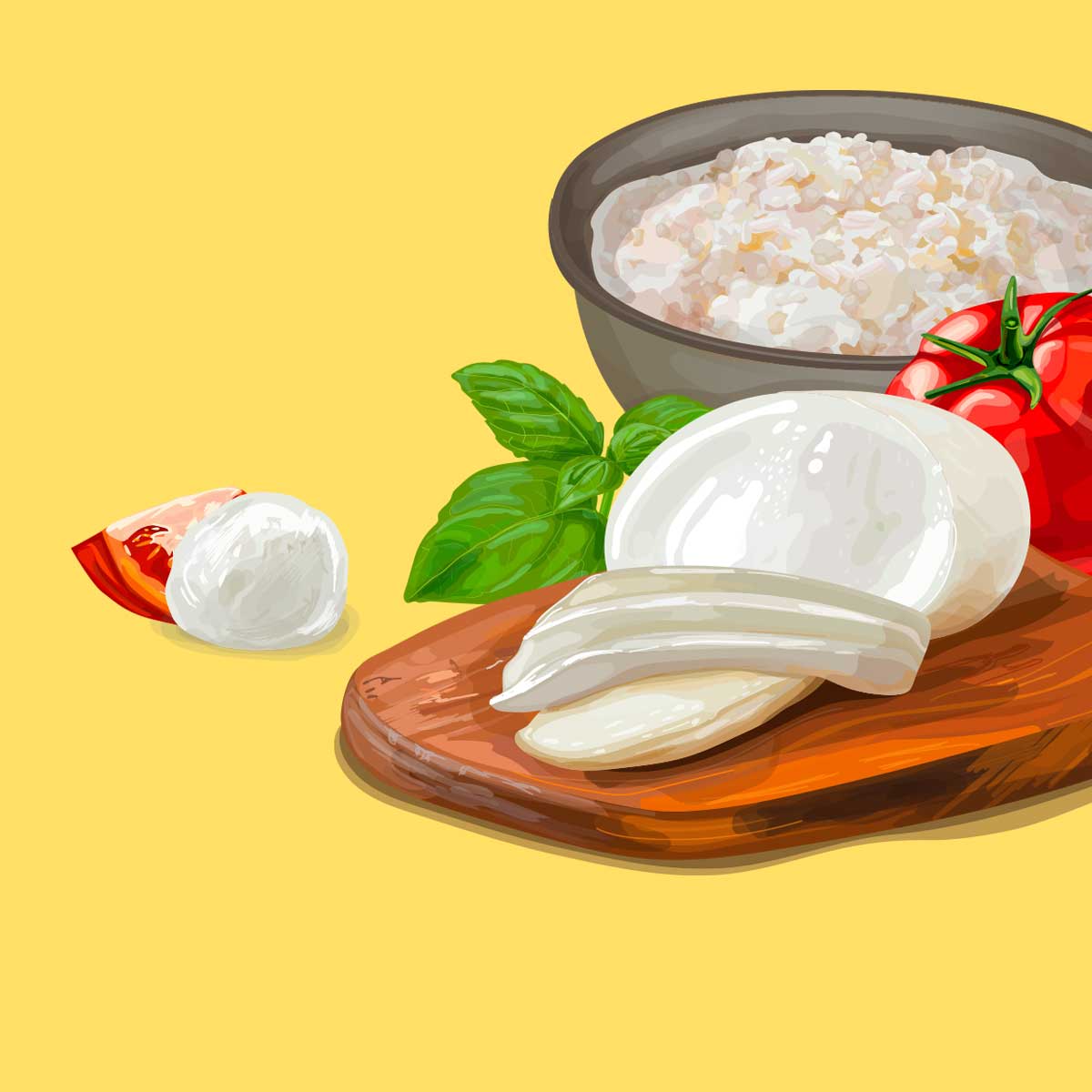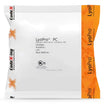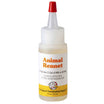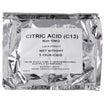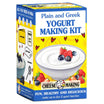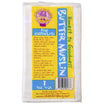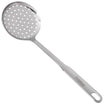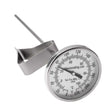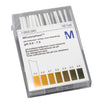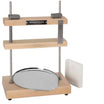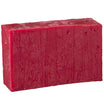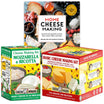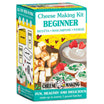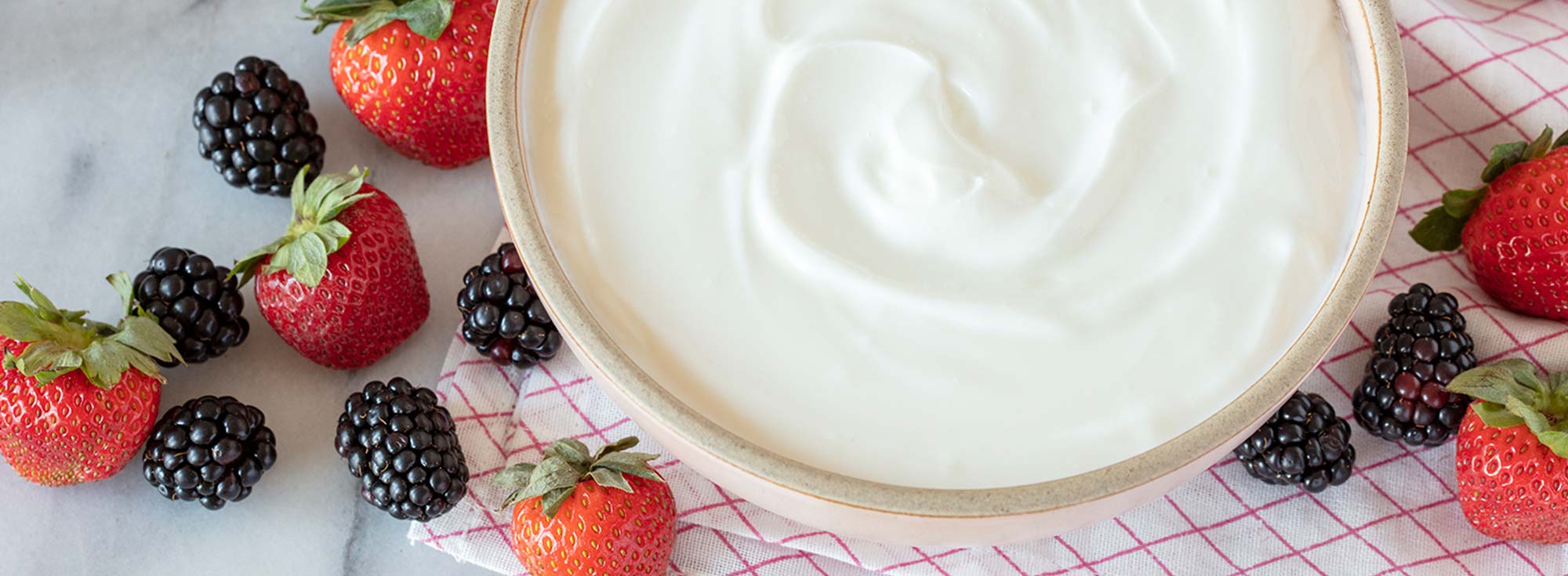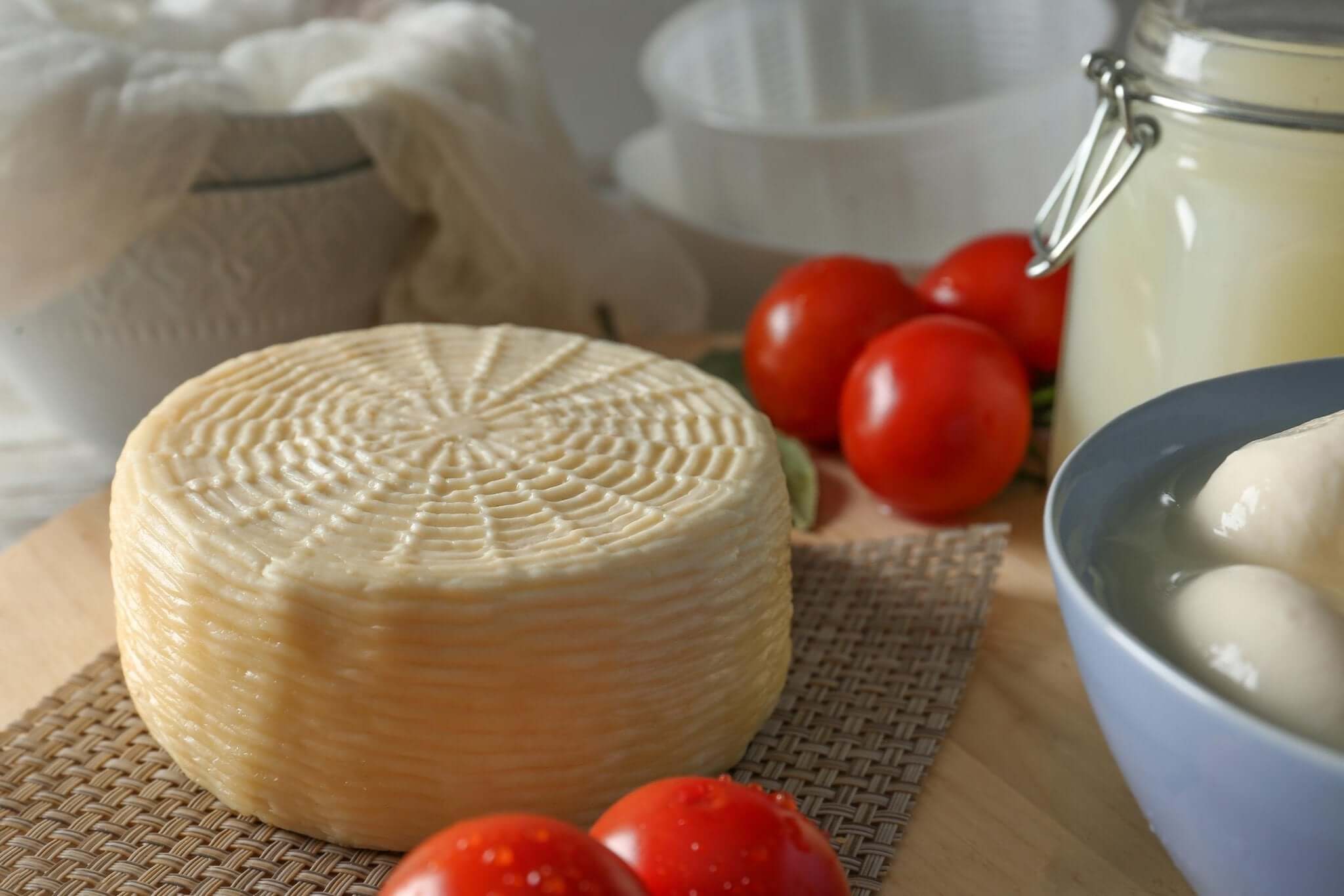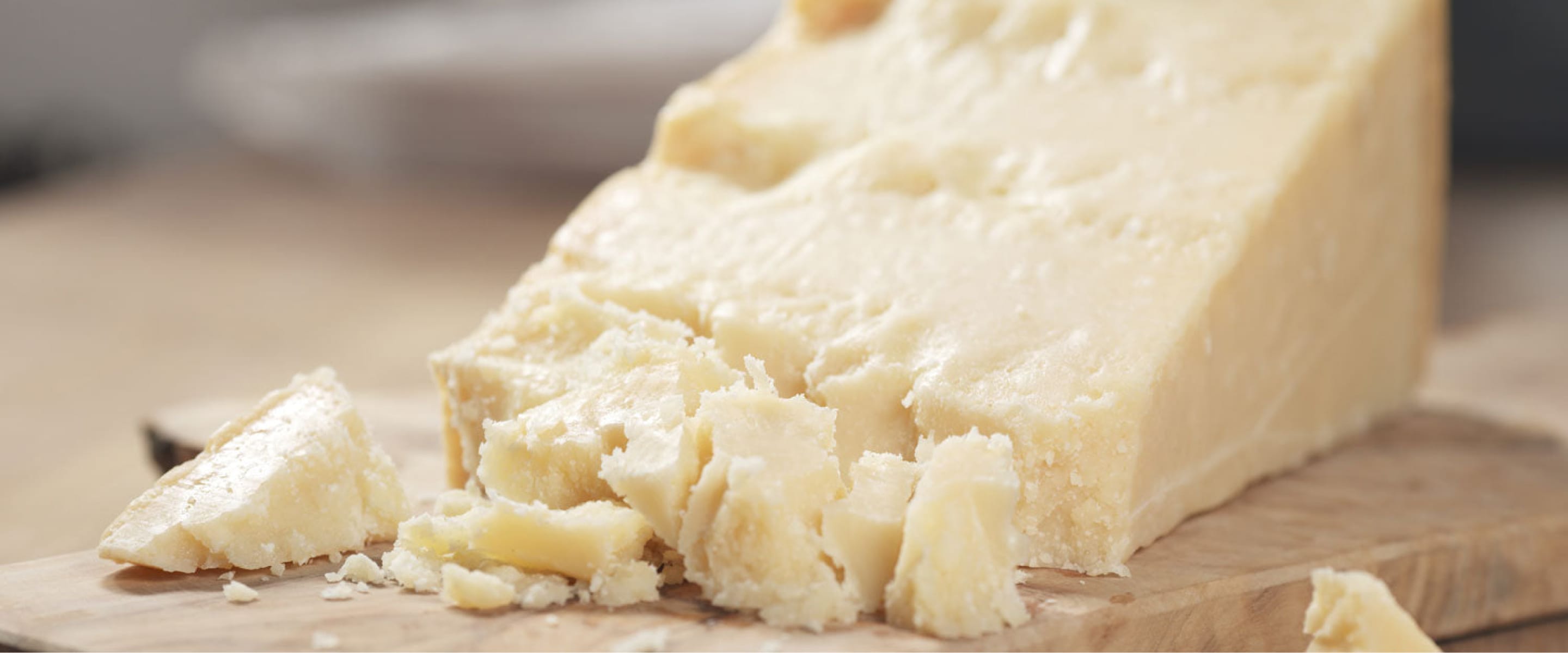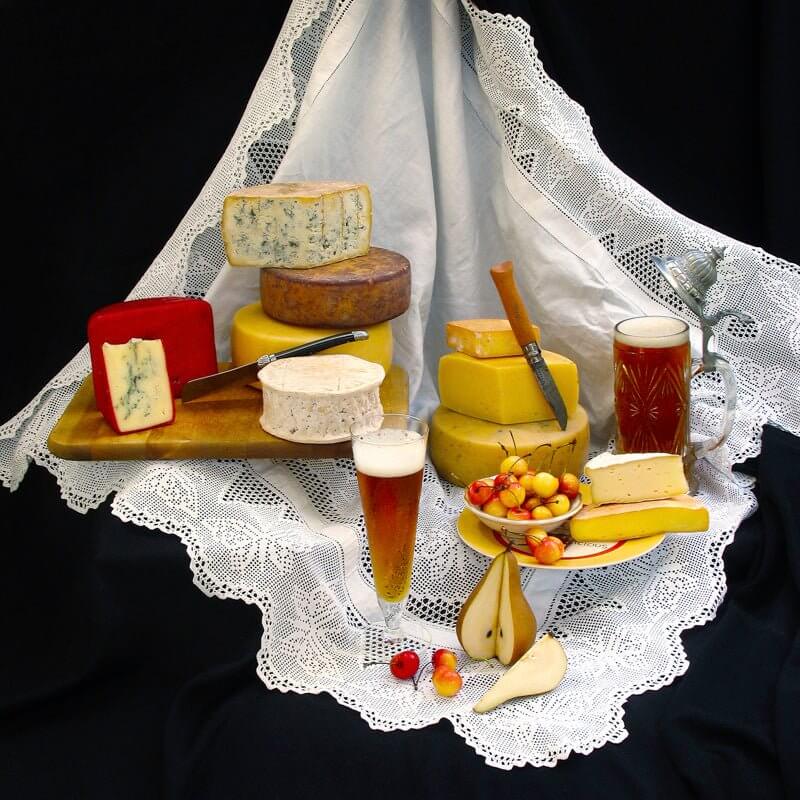
Beer Infused Cheese Recipe
-
Yield
2 Pounds
-
Aging Time
~2 Months
-
Skill Level
Intermediate
-
Author
Jim Wallace

Beer Infused Cheese Recipe Info
Beer Infused Cheese Inspiration
The Story of Beer and Cheese
Beer Washed and Beer Infused Styles
Making Beer Infused Cheese
Ingredients
Total price for selected items: Total price:
Cheesy Holiday Sale! Up to 20% Off Sitewide
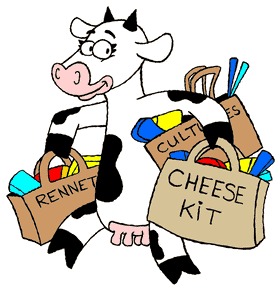
Instructions
-

Acidify & Heat Milk
Begin by heating the milk to 88°F (32°C). This is best done by placing the milk pot in another pot or in a sink of very warm water. If you do this in a pot directly on the stove, make sure you heat the milk slowly and stir it well as it heats.
All pasteurized and cold stored milk should have 1/4-1/2 tsp calcium chloride added to replace the usable calcium that has been lost. This can be added and stirred in well as you are heating the milk.
Once the milk is at 88°F, the culture can be added. To prevent the powder from caking and sinking in clumps, sprinkle the powder over the surface of the milk and then allow about 2 minutes for the powder to re-hydrate before stirring it in. The milk then needs to be kept at the above temperature for about 60 minutes.
-


Coagulate with Rennet
Once the milk is at the correct temperature, add about 1/2 tsp. or 2.5 ml of single strength liquid rennet.
The milk now needs to set still for 25-30 minutes while the culture does it's work and the rennet coagulates the curd.
The milk will thicken at about 10-12 minutes. This thickening can best be observed when a piece of clean toothpick is dropped on the surface of the milk; when this becomes dead still, the milk is beginning its final stage of coagulation. Multiplying this time by 2.5 should give you the 25-30 minute coagulation you need for proper curd firmness before cutting this cheese.
The thermal mass of this milk should keep it warm during this period. It is OK if the temperature drops a few degrees during this time, but, after cutting the curd, bring the temperature back to its original point.
-




Cut Curd & Release Whey
Once the curd has firmed, it is time to cut the curds and release the whey. You can easily see the quality of your coagulation by inserting the flat of a knife blade at an angle into the curd and then lifting straight up. If the edges are clean breaks and the whey that pools is neither too clear nor too cloudy in the gap, you have a good curd for cutting.
The curd now needs to be cut into 1/2 to 3/4 inch pieces using a knife to make the vertical cuts and a spoon or ladle for the horizontal cuts. The curd may not be even in size but do the best you can in cutting.
After cutting, the curd needs to be stirred slowly but steadily at the original temperature for about 5-10 minutes. This will cause some whey to be released, allowing the curds to move freely. The surface will begin to firm up slightly as well.
-




Cook the Curds
Now it is time to begin drying out the curds. This will be done by increasing the heat slowly to 102°F. The heat needs to be increased slowly by about 2-3 degrees every 5 minutes at the beginning. The total cooking time will be 30-45 minutes.
The large curds will begin to form a skin while drying off the exterior, but when the curd is broken it is very soft, wet and tender inside. This is why we take a very long time to dry out the curd. If the skin becomes too firm and thick, as in heating too quickly or stirring too fast, it will be difficult to dry out the inside of the curd. This will result in a wet curd going into the mold and problems in aging. As the curds release whey, the surface firms (as can be seen in the photo at right).
Once the curds are at temperature, they should be stirred in the whey just enough to keep them separated and moving. The bacteria are still developing the needed acidity and the curds will be drying out during this period. This should be done for another 30-45 minutes depending on the dryness of the cheese desired.
During this stirring time, at 15 minutes intervals, allow the curds to settle for a few minutes but do not allow the curds to mat together. Then remove about a pint or two of whey before stirring again.
Stirring these curds in the whey will give them access to the lactose rich whey for further acid development as well as allowing for easier movement of the curds.
The final curds should be cooked well through and should be examined to make sure that enough moisture has been removed. A broken curd should be firm throughout and the curds should have a moderate resistance when pressed between the fingers.
To determine the correct final moisture before removing the whey, a small handful of curds can be taken, compressed into a firm pack, and then pressed with the thumb to see how well they separate.
When they just begin to break with moderate thumb pressure, the cheese will be dry enough to drain.
When this point is reached, the curds can be allowed to settle under the whey for 30 minutes. This will tend to stop the curds from losing more moisture while the bacteria continues to produce acid. It should be stirred every 5 -10 minutes to keep the curds from matting together.
-




Remove the Whey
You are now ready to transfer the dry curds to a colander lined with butter muslin. Here I use a small plastic dishpan with holes that I have melted in the bottom with a hot nail for draining.
The whey should first be ladled from your curd pot down to about 1 inch above the curds and then the entire curd mass can be loosely stirred to free up all the curds.
You can then dump the curds and whey into the draining pan or colander. They should be allowed to drain for 30 minutes and a gentle stirring will make sure that the whey drains off.
-




Add Beer & Salt
And now for the beer, isn't this what we have all been waiting for?!
I first transfer the curds to another wash basin (WITHOUT the HOLES) or you could use your rinsed out cheese pot.
I then use a bottle of a dark and rich Polish Porter and, after making a small offering to the Beer Gods (Yum!), I pour the rest over the curds. It is best to allow the beer to warm up to just a few degrees below the curd temperature.
Next, let them soak in the beer for 30-45 minutes (longer soak for bigger curds) while the curds absorb the beer.
Now it's time to add the salt. At the point, the curd will have reached it's final moisture and acid development and should be salted immediately to stop the action of the bacteria.
About 2% salt should be added according to final curd weight (approx. 2 lbs.). This should be about .62 oz or about 3 tsp. of salt. Add this in 2 doses and allow it to dissolve between doses and the filling of the molds.
-




Molding & Pressing
Once the curds are drained and salted, they are ready for the mold. Prepare the mold and cloth by sanitizing, then line the mold with the cloth and transfer the curds using a good hand pressure to pack the curds in tight.
Now, for pressing, we should begin very light, and slowly increase the press weight to a moderate level:
- 60 minutes at 10 lbs.
- 3 hours at 25 lbs.
- 18 hours at 50 lbs. turning once midway and returning to press
The rate of whey running off is initially a thin stream tapering to simply a matter of steady drops of whey being released. This is a good rate of whey removal during pressing and will slow even more as the residual free moisture is released. The form should show whey weeping from it very slowly. When this stops, you can increase the weight slightly. The cheese should be removed from the press, unwrapped, turned, re-wrapped, and put back into the press at the above intervals to assure an even consolidation. At each turn, you will notice the cheese has formed a smoother surface and rests lower in the mold.
The cheese should begin coming together after the first or second press cycle but you may still notice some gaps and holes between the curds. By the end of the third cycle (50 lbs) it should be well consolidated.
NOTE: If you still see some openings in the surface, due to a dry curd, then increase the press weight to 75 lbs and press until the cheese forms a tight surface with no openings as shown in the final image above.
-



Final Prep & Aging
The cheese can now be waxed for aging. For details on waxing click here. I have waxed this one but a bandage can also be applied as shown on our cheddar page.
I keep my wax in a heavy pan (cheapo tag sale). I just let it cool when done and it's ready to melt for waxing.
The cheese can then be placed into your aging space at 52-56°F and 80-85% moisture.
The cheese can now be aged for 4-6 weeks and it will ready for your table.
Get up to 20% Off Sitewide
Early Access Black Friday
You May Also Like

